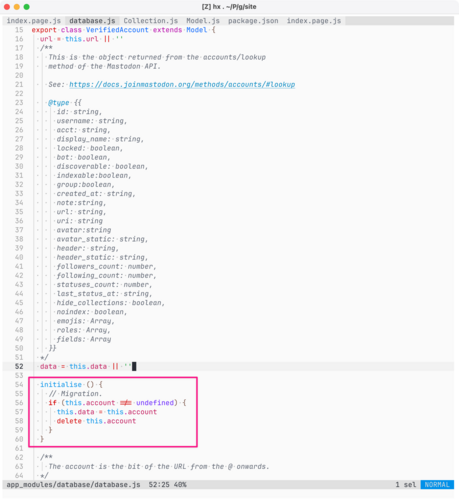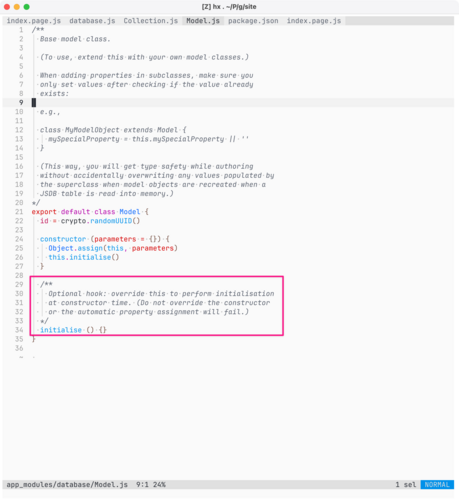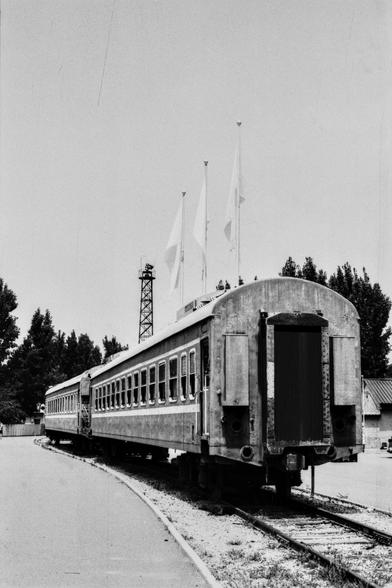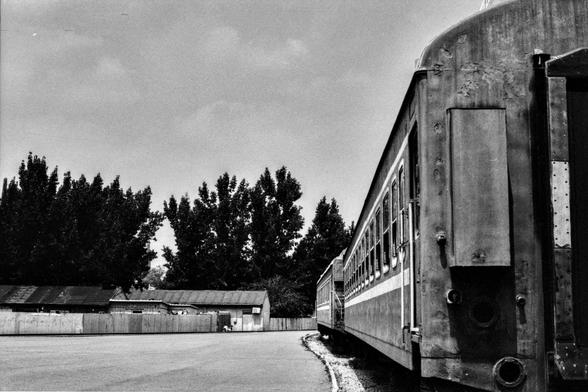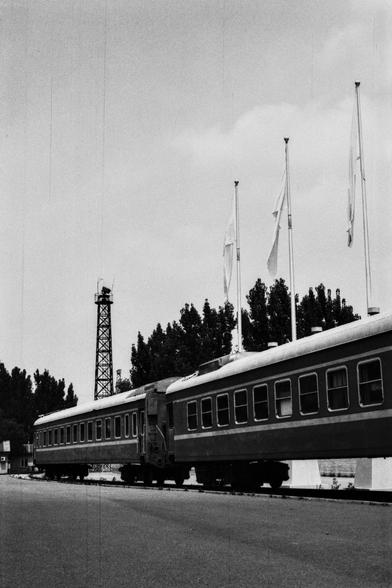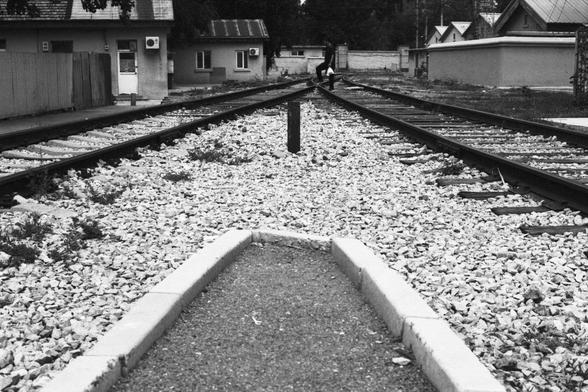2025-11-06 22:32:45
Micah Parsons reacts to 'lil brother' Marshawn Kneeland's shocking death https://www.si.com/nfl/cowboys/onsi/news/micah-parsons-reacts-lil-brother-marshawn-kneeland-shocking-death
2025-09-06 19:26:17
I’m going to admit that that “Chipocalypse” post freaked me out considerably. I wonder if history will see it as a turning point in America’s extended democratic crisis? Because to this Canadian looking across the border at the USA, it has that feeling.
#USpol
2025-11-07 11:32:24
Cowboys' Solomon Thomas shares powerful words on 'brother' Marshawn Kneeland's death https://www.si.com/nfl/cowboys/onsi/news/dallas-cowboys-solomon-thomas-powerful-words-brother-marshawn-kneeland-death
2025-09-03 10:53:54
I haven’t added an example of how you implement migrations with Kitten’s¹ built-in JSDB database² yet but here’s one that I just used when renaming a field (property) in a table (JavaScript object) from “account” to “data” that illustrates the general granular approach you should take within persisted instances of JavaScript classes.
This is, of course, an advanced use case of the built-in JavaScript database that all Kitten apps have.
Kitten is simple for simple use cases. So ch…
2025-10-28 21:31:12
Myanmar shut down a major online scam center on October 21 as part of operations starting in September to curb cross-border online scams and illegal gambling (Associated Press)
https://apnews.com/article/myanmar-scam-centers-cybercr…
2025-10-29 11:21:25
We've reached the point in the evolution of cyber scamming where military units are blowing up buildings to stop the digital crimes.
Stragglers from Myanmar scam center raided by army cross into Thailand as buildings are blown up
https://apnews.com/artic…
2025-10-31 05:08:05
U.S. scales back troops on NATO’s eastern flank
The United States has informed its NATO allies that it will scale back its troop presence along Europe’s eastern border with Ukraine as it focuses on security priorities elsewhere in the world, Romania’s defense ministry said on Wednesday.
The U.S. Army later confirmed the move but denied it was a sign of lessened commitment to NATO.
Depending on operations and exercises, around 80,000-100,000 U.S. troops are usually present…
2025-10-05 00:30:04
Moody Urbanity - Nowhere 🔲
情绪化城市 - 无处 🔲
📷 Nikon FE
🎞️ Lucky SHD 400
#filmphotography #Photography #blackandwhite
2025-10-30 20:26:19
2025-11-07 20:11:17
Cowboys DT Solomon Thomas Posts Heartfelt Tribute to Marshawn Kneeland https://heavy.com/sports/nfl/dallas-cowboys/solomon-thomas-marshawn-kneeland-tribute/?adt_ei=[email]
